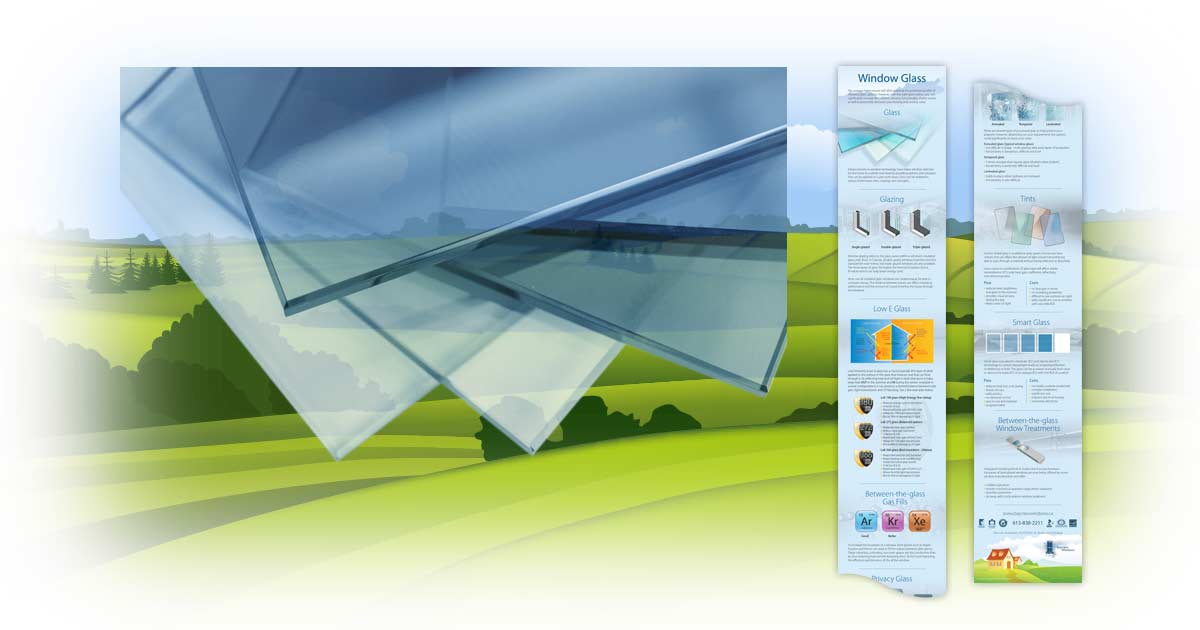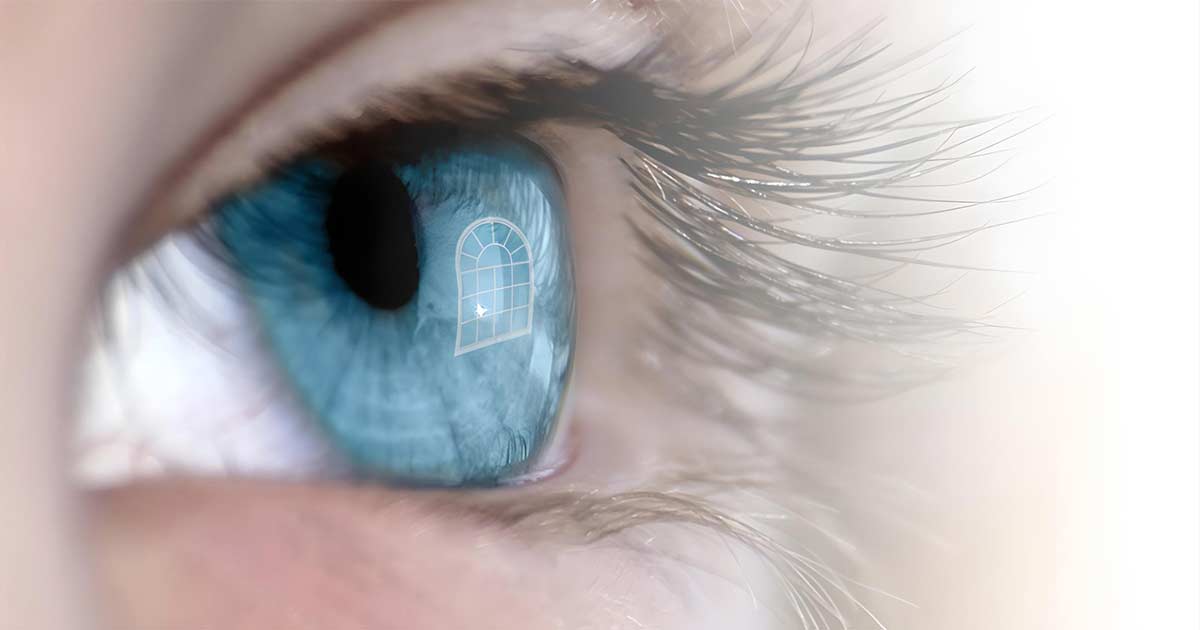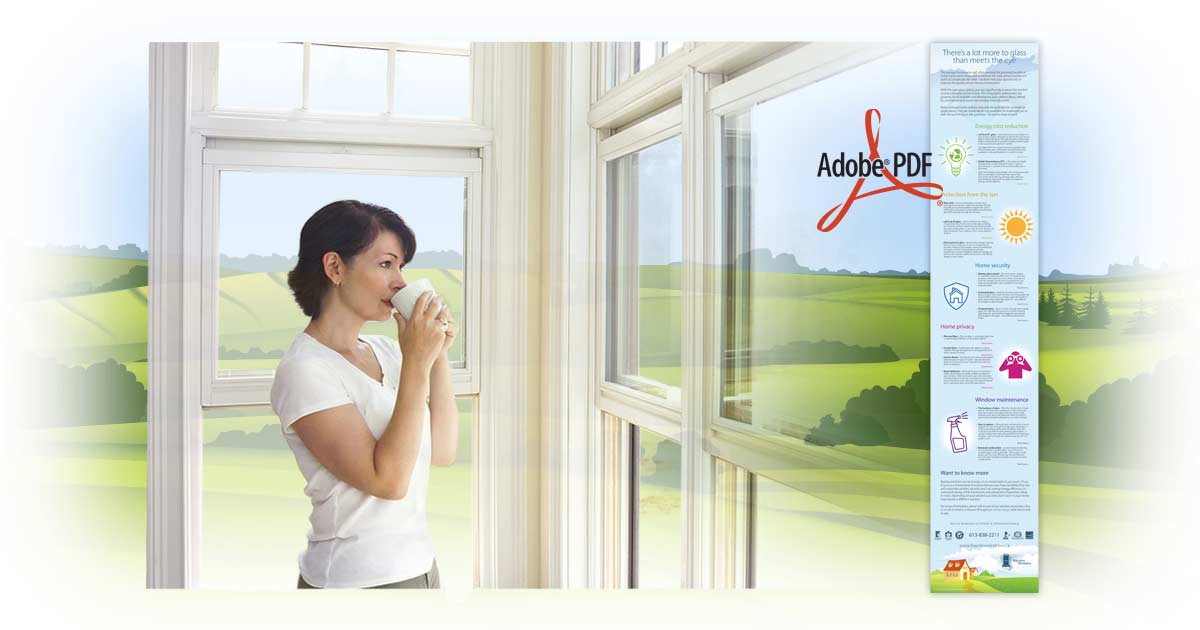Insights > Article > Posted: 2023-Nov-16, Updated: 2025-Oct-28
The Hidden Benefits of Window Glass: Enhancing Your Home's Efficiency
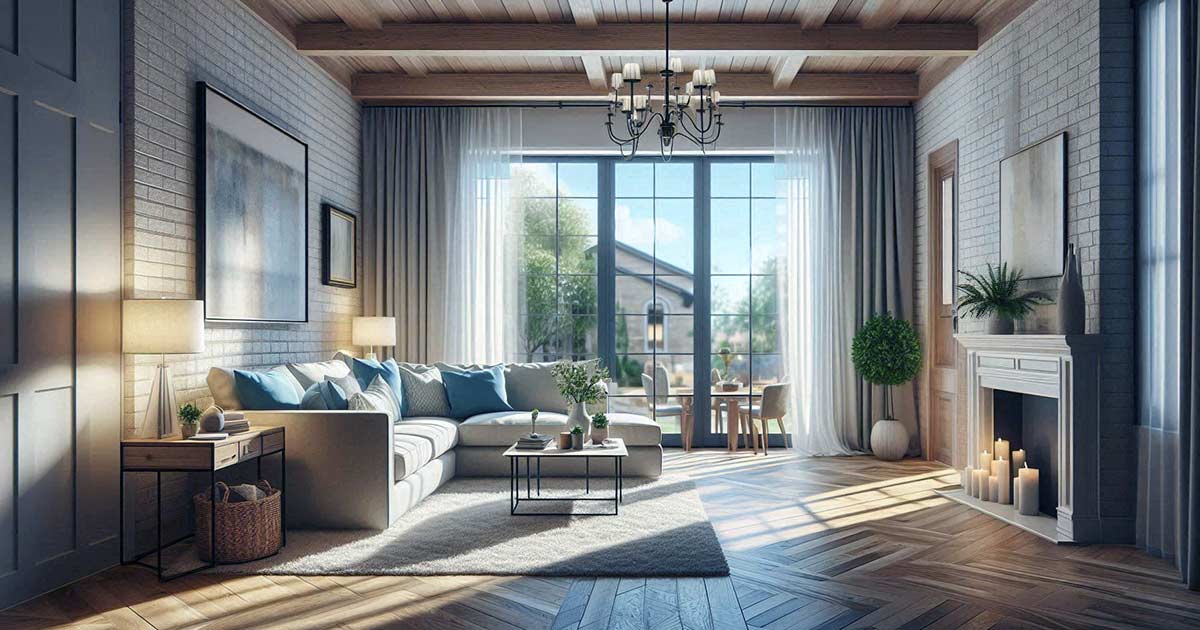
Why Glass Matters
Upgrade Your Windows: Say goodbye to ordinary windows and hello to high-quality glass options that can transform your home. Investing in top-quality glass can improve comfort, security, and functionality.
Customization is Key: Some manufacturers offer a wide range of options, while others may have a limited selection. Research and compare to find the perfect glass for your home.
The Technology Behind Modern Windows
Advancements in window technology have revolutionized home design, offering solutions that can be customized for each room.
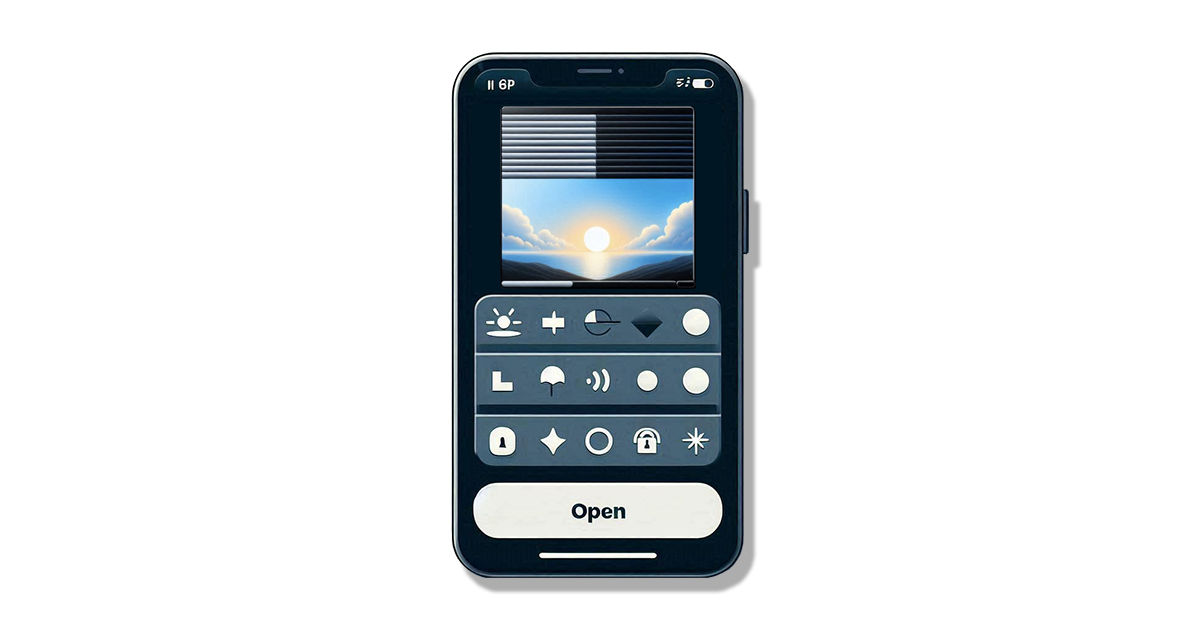
Key Innovations:
- Thickness and Strength: Glass can be ordered in various thicknesses and strengths for enhanced durability.
- Special Coatings: Coatings can reflect, absorb, and provide shade and privacy.
- Gas Fills: Gases like argon, krypton, and xenon improve insulation by reducing heat transfer.
- Electrostatic Control: Some glass can change colour and shade with an electrostatic charge.
Glazing: Enhancing Insulation
Window glazing refers to the glass framed within a window (IGUs - insulated glass units). Multiple panes with air or gas spaces in between significantly improve insulation.
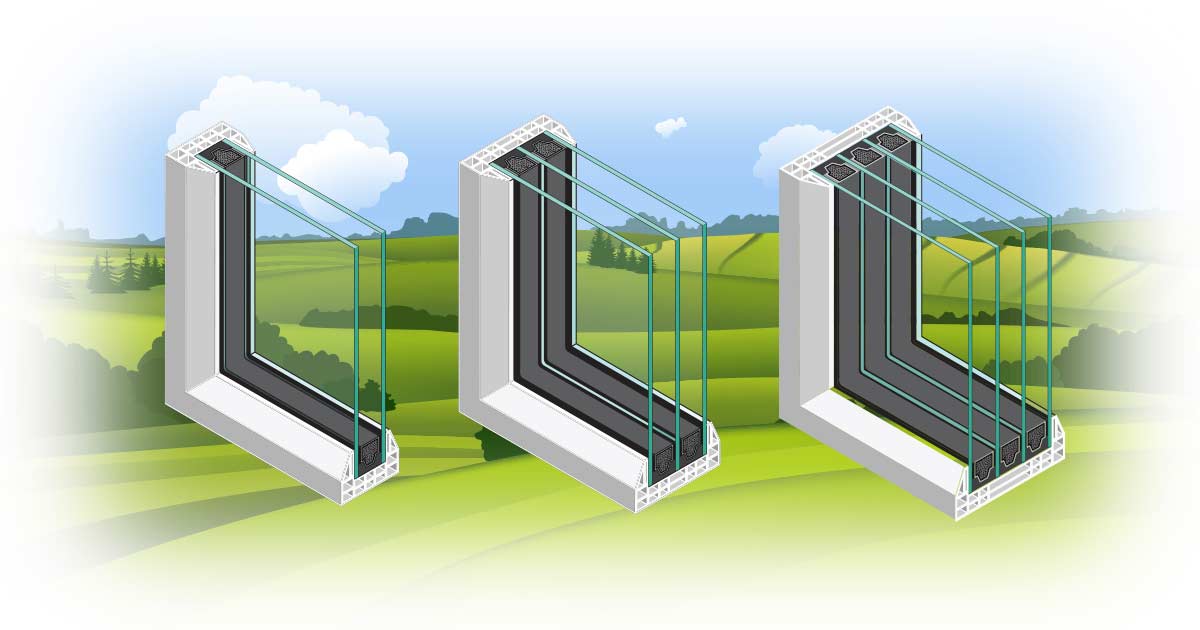
Types of Glazing:
- Double-Glazed Glass: Standard in Canada, offering good insulation.
- Triple and Quadruple Glazing: Available for higher energy efficiency, each additional pane increases insulation but reduces light transmission.
Spacers
Spacers separate panes of glass in a window unit. They play a crucial role in the window's insulating properties by maintaining the correct distance between panes and reducing heat transfer.

Common Spacer Technologies:
- Super Spacer®: Uses a high-performance acrylic adhesive and foam spacer along with a moisture vapour seal for durability and thermal performance.
- Intercept® Spacer: Features a one-piece, tin-plated or stainless steel, U-channel design that absorbs flexing when temperatures shift.
- Swiggle® Spacer System: Consists of aluminium or stainless steel "swiggle" between a butyl rubber seal.
- Aluminum Spacer: Rigid but prone to seal failure, often found in older windows.
Glass Fills
The space between panes in insulated glass units can be filled with gases to improve insulation.
Types of Gas Fills:
- Argon: Most commonly used, cost-effective, and optimal at about ½ inch spacing.
- Krypton: More efficient than argon, used in thinner spaces but more expensive.
- Xenon: Offers the best insulation but is the most expensive, typically used in homes with extensive window areas.
Glass Coatings
Low Emissive (Low-E) Glass has a microscopically thin layer of silver that reduces heat flow. Different types of Low-E glass offer varying balances of solar gain, light transmission, and UV blocking.
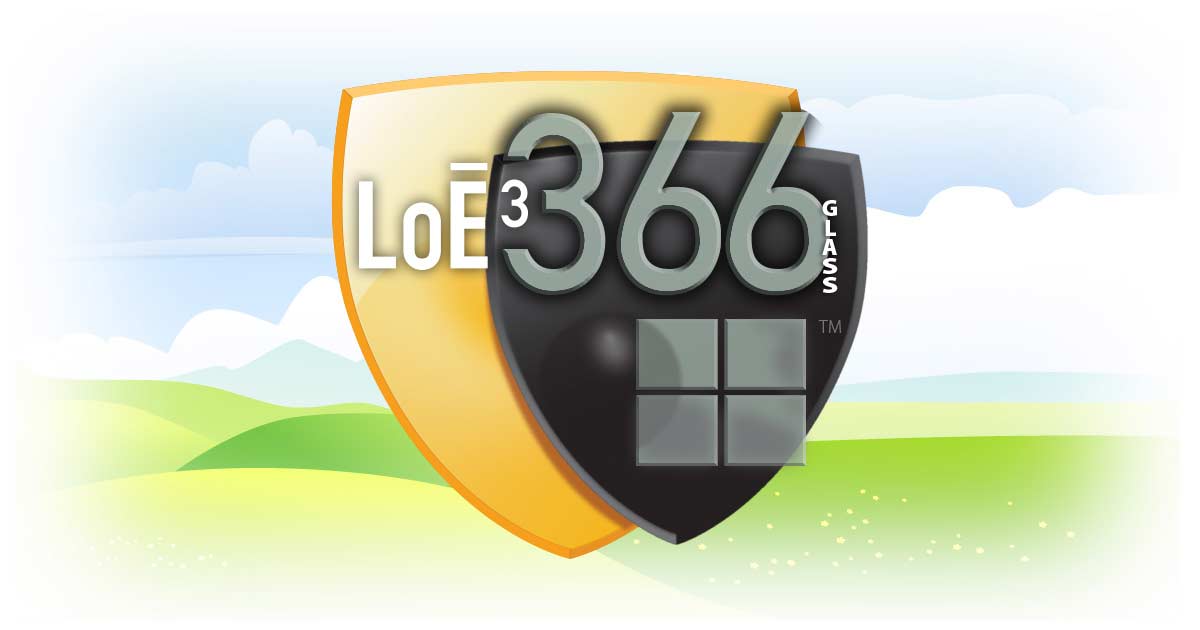
Common Types:
LoE 180: Ideal for maximizing solar gain and light transmission, reducing winter energy costs.
- U-factor: 0.31
- SHGC: 0.68
- Light Transmission: 79%
- UV Blocking: 70%
LoE 272: Balances summer cooling and winter heating, blocking 84% of UV rays.
- U-factor: 0.30
- SHGC: 0.41
- Light Transmission: 72%
- UV Blocking: 84%
LoE 366: Best for climates with extreme temperatures, offering high solar control and visibility.
- U-factor: 0.29
- SHGC: 0.27
- Light Transmission: 65%
- UV Blocking: 95%
Enhancing Privacy
Privacy can be managed with various glass treatments:
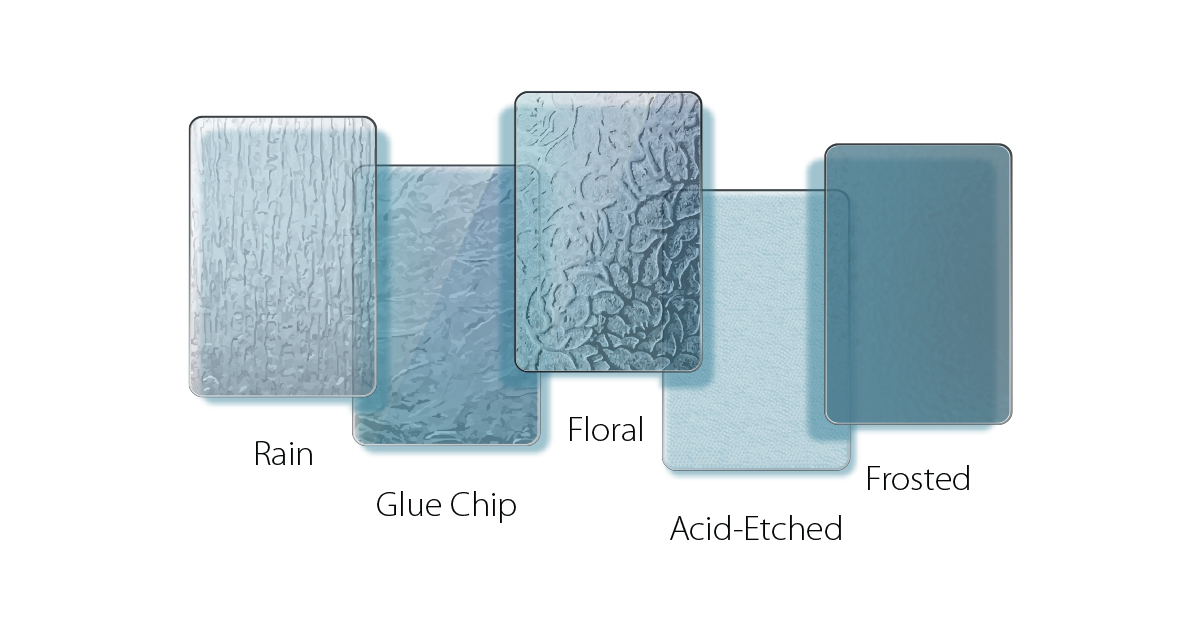
- Textured Glass: Provides light diffusion and decorative effects.
- Frosted Glass: Reduces visibility and is often used in bathrooms.
- Integrated Blinds: Built-in blinds offer privacy and insulation.
- Smart Windows: React to natural light levels to control heat gain, lighting, and privacy.
Security and Durability
For added security, different types of processed glass can help protect your property:
- Laminated Glass: Made by bonding layers of glass with resin, holding in place rather than shattering when hit.
- Tempered Glass: About five times stronger than regular glass, making it difficult and loud to break.
Noise Reduction
While creating soundproof glass windows isn't possible, several methods can reduce noise:

- Glass Thickness: Thicker glass can help block noise.
- Pane Spacing: Larger spacing between panes reduces sound transmission.
- Laminated Glass: Adds an extra layer of noise reduction.
Tints
Tinted glass can help manage solar heat gain, reduce glare, and provide additional privacy.
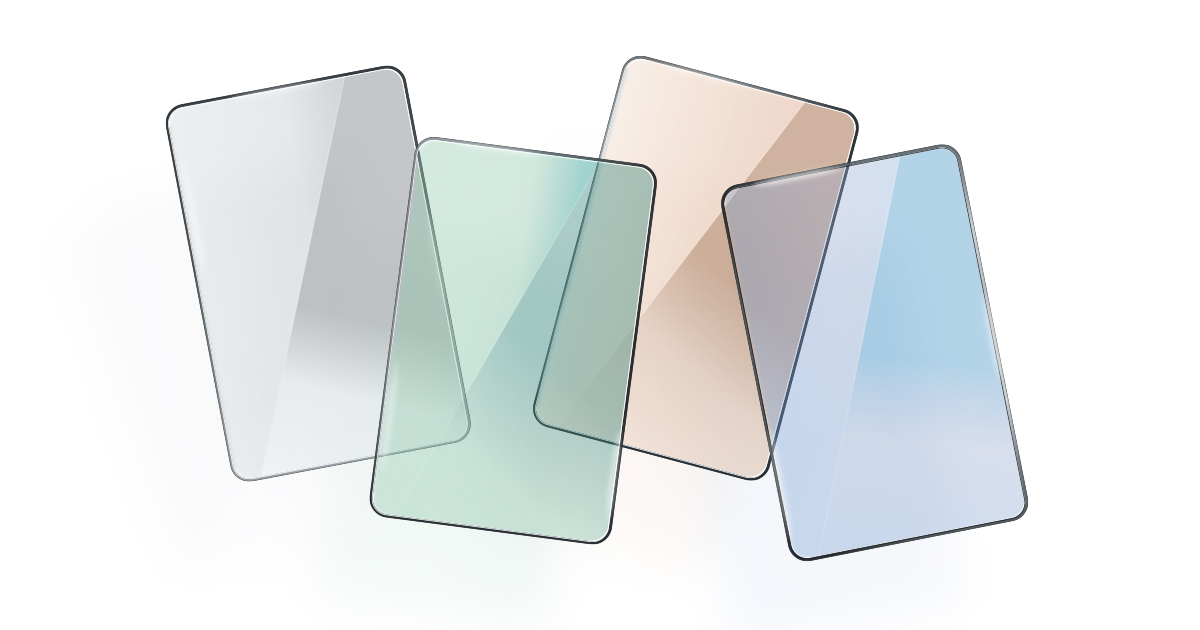
Types of Tints:
- Colour Tints: Available in grey, green, bronze, and blue. These colours are produced by adding metal oxides to float glass during manufacture.
- Visual Transmittance (VT): Tints affect the amount of light passing through the glass. High VT allows more light in, potentially reducing lighting costs, while low VT can increase privacy and reduce glare.
Durability and Maintenance
Modern windows are designed to be durable and low-maintenance:
- Hard Glass: Less prone to scratching due to the addition of substances like lead.
- Self-Cleaning Glass: Coatings that prevent dirt from sticking, making cleaning easier.
- Insulation: High-quality insulation reduces condensation and staining.
Conclusion
Choosing the right glass for your home can significantly impact comfort, energy efficiency, and security. Consult with a window specialist to explore the best options for your needs, and transform your living space with the perfect glass solution.
Related articles
Need more information?
Looking for new windows? Bayview Windows offers a wide range of high-quality glass options to keep your home cool in summer, warm in winter, and quiet year-round. From energy-efficient low-E glass to strong tempered glass, we have the perfect solution for you.
Ready to upgrade? Call us today! Our experts will help you choose the ideal glass for your needs. Enhance your home's comfort, efficiency, and security with Bayview Windows. Don't wait—transform your home now!
